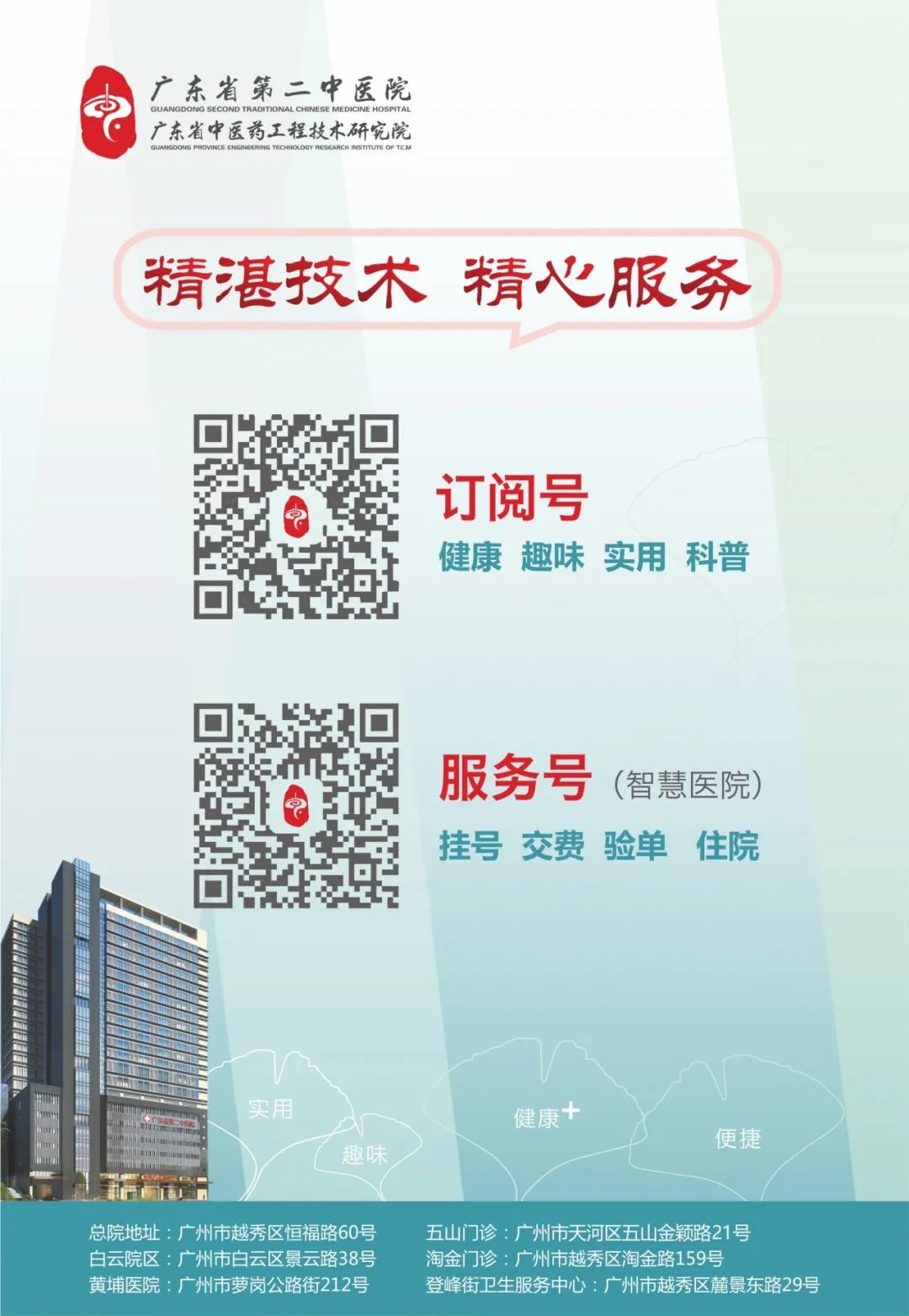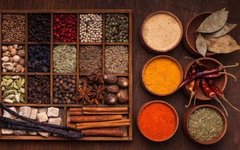Traditional Chinese Medicine (TCM) has long been integrated into our lives, such as goji berries in thermos cups, Angelica (Dang Gui) in chicken soup, and red beans in desserts…… In the flavorful kitchen, there lies extraordinary knowledge.
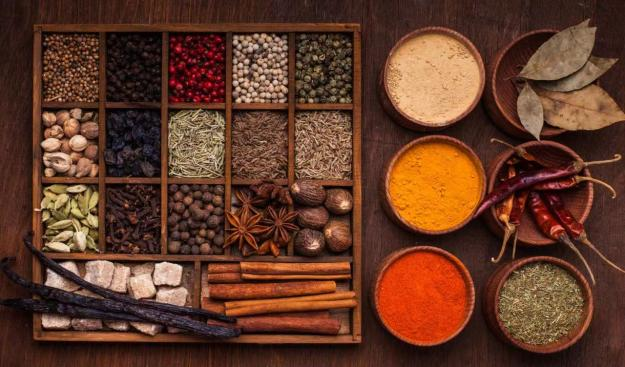
Commonly used ingredients in the kitchen, such as scallions, ginger, and garlic for seasoning; cinnamon, fennel, and star anise in braised dishes; sweet brown sugar, honey, etc., are not only great helpers in cooking delicious food, but also belong to traditional Chinese medicine, possessing good therapeutic effects. By combining these medicinal ingredients with everyday food, we can create culinary therapeutics that allow consumers to enjoy delicious meals while promoting health and wellness.
There are many types of Chinese medicinal herbs in the kitchen; what “Chinese medicines” are hidden among them, and what effects do these “Chinese medicines” have?Ginger Properties: Aromatic, pungent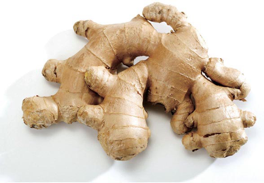
Effects: Releases the exterior and disperses cold, warms the middle and stops vomiting, transforms phlegm and stops cough, detoxifies fish and crab poison.
Modern Pharmacology: Promotes secretion of digestive juices, protects gastric mucosa, benefits the liver, aids bile secretion, has anti-inflammatory, antipyretic, antibacterial, and antiemetic effects.
Medicinal and Culinary Value: 1. Adding ginger to dishes can remove fishy odors, making the dishes more delicious, and ginger stimulates the secretion of saliva and gastric juices, thus improving appetite. 2. Drinking ginger soup when feeling cold in summer can disperse cold; 3. Adding ginger when cooking seafood can detoxify fish and crab poison. 4. Ginger is also a natural remedy for motion sickness; consuming some ginger can prevent nausea and vomiting.
Perilla Properties: Pungent, warm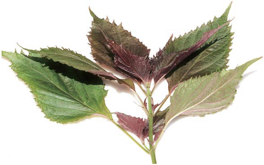
Effects: Releases the exterior and disperses cold, regulates qi and harmonizes the stomach.
Modern Pharmacology: Promotes intestinal peristalsis, aids digestion, and has antipyretic, cough-relieving, phlegm-expelling, asthma-relieving, antibacterial, hemostatic, and sedative effects.
Medicinal and Culinary Value: 1. Perilla can be stir-fried, made into porridge, or brewed as tea. It is often served as a side dish with grilled meat and hairy crabs. 2. Every part of perilla is valuable; perilla seeds can relieve qi, expel phlegm, and moisten the lungs, while perilla stems can treat stomach qi reversal, and perilla leaves can treat wind-cold colds, coughs, limb soreness, and runny noses.
Chinese Pepper Properties: Pungent, warm.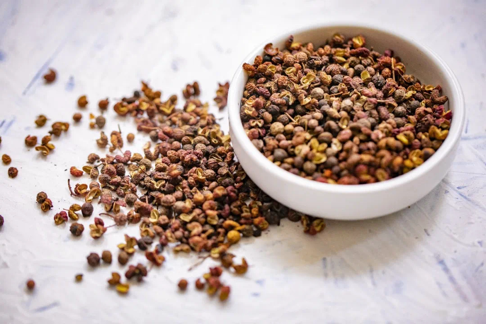
Effects: Warms the middle, alleviates pain, and has insecticidal and anti-itch properties.
Modern Pharmacology: Exhibits antibacterial and insecticidal properties, affects the cardiovascular and digestive systems, and can enhance immunity. Note: Chinese pepper is warm and drying, which can easily generate fire and injure yin, so those with yin deficiency and excess fire, as well as pregnant women, should use it cautiously.
Medicinal and Culinary Value: 1. When there is excessive dampness, consuming some Chinese pepper can help promote blood circulation and expel dampness from the body. 2. For toothaches caused by cavities, crushing a few Chinese peppers and placing them in the cavity can provide temporary pain relief. 3. Placing some Chinese pepper in cabinets and wardrobes can deter insects. 4. For those with heart yang deficiency or cold obstructing the meridians, soaking feet in water boiled with Chinese pepper can warm the meridians. Chinese pepper water can also help treat athlete’s foot.
Fennel Properties: Slightly aromatic, pungent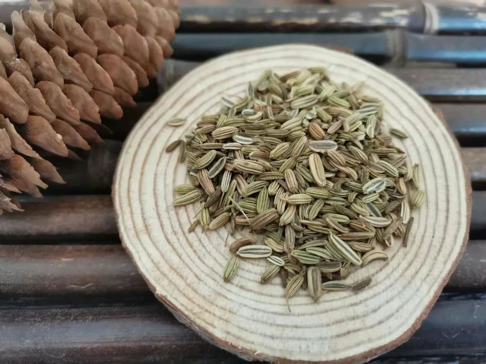
Fennel is often used fresh or roasted in salt water.
Effects: Dispels cold and alleviates pain, regulates qi and harmonizes the stomach.
Modern Pharmacology: Prevents osteoporosis, protects the liver and aids bile secretion, and has analgesic effects. Note: Due to its warm nature and pungent taste, those with excess heat or yin deficiency should avoid excessive consumption of fennel.
Medicinal and Culinary Value: 1. Fennel is commonly used in cooking meat dishes for its ability to remove odors and enhance flavor. In the famous hot pot of Sichuan, fennel is a common base ingredient. 2. In the north, it is more often consumed as a vegetable, commonly used in dumplings, stir-fries, or salads. For those with spleen and stomach qi stagnation, bloating, and nausea, eating dumplings filled with fennel can provide significant relief.
Star Anise Properties: Aromatic, sweet and pungent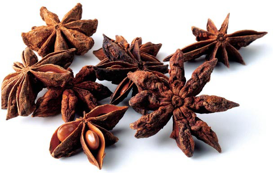
Star anise is often used fresh or roasted in salt water.
Effects: Warms yang, disperses cold, regulates qi and alleviates pain.
Modern Pharmacology: Exhibits antibacterial, analgesic, antioxidant, and insecticidal properties.
Medicinal and Culinary Value: Star anise is an indispensable seasoning in the kitchen. It not only removes fishy odors and gamey smells but also significantly enhances the aroma of dishes, making it a favorite among people. Star anise is effective for cold hernia abdominal pain, kidney deficiency back pain, gastric cold vomiting, and abdominal cold pain.
Brown Sugar Properties: Warm, sweet.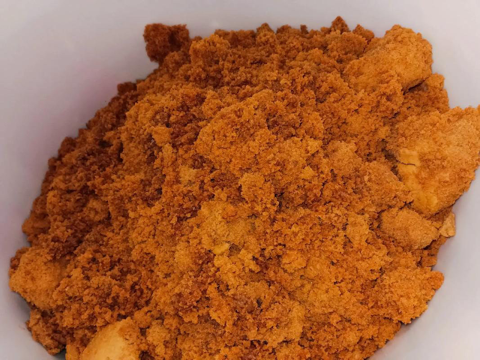
Effects: Tonifies qi and nourishes blood, strengthens the spleen and warms the stomach, alleviates pain, and invigorates blood circulation.
Medicinal and Culinary Value: 1. We can use it to make brown sugar ginger tea and brown sugar steamed buns. Brown sugar ginger tea can strengthen the stomach, disperse cold, and promote blood circulation, making it suitable for early-stage wind-cold colds or menstrual discomfort. Meanwhile, brown sugar steamed buns are a delicious Chinese pastry, soft in texture and rich in nutrition. 2. The phenolic compounds in brown sugar have strong antioxidant properties, which can resist oxidative stress damage to cells and have certain anti-aging effects.
 There are many more Chinese medicinal herbs in the kitchen, such as garlic, Bai Zhi (Angelica Dahurica), pepper, Chen Pi (Dried Tangerine Peel), yam, and coix seed. We should make good use of the ingredients in our kitchen to help prevent and treat diseases.
There are many more Chinese medicinal herbs in the kitchen, such as garlic, Bai Zhi (Angelica Dahurica), pepper, Chen Pi (Dried Tangerine Peel), yam, and coix seed. We should make good use of the ingredients in our kitchen to help prevent and treat diseases.
Author: Li Xiaoning
Editor: Huang Yongxin
Proofreader: Dong Yujun
Reviewer: Zhang Jianjun
Auditor: Li Zhao
